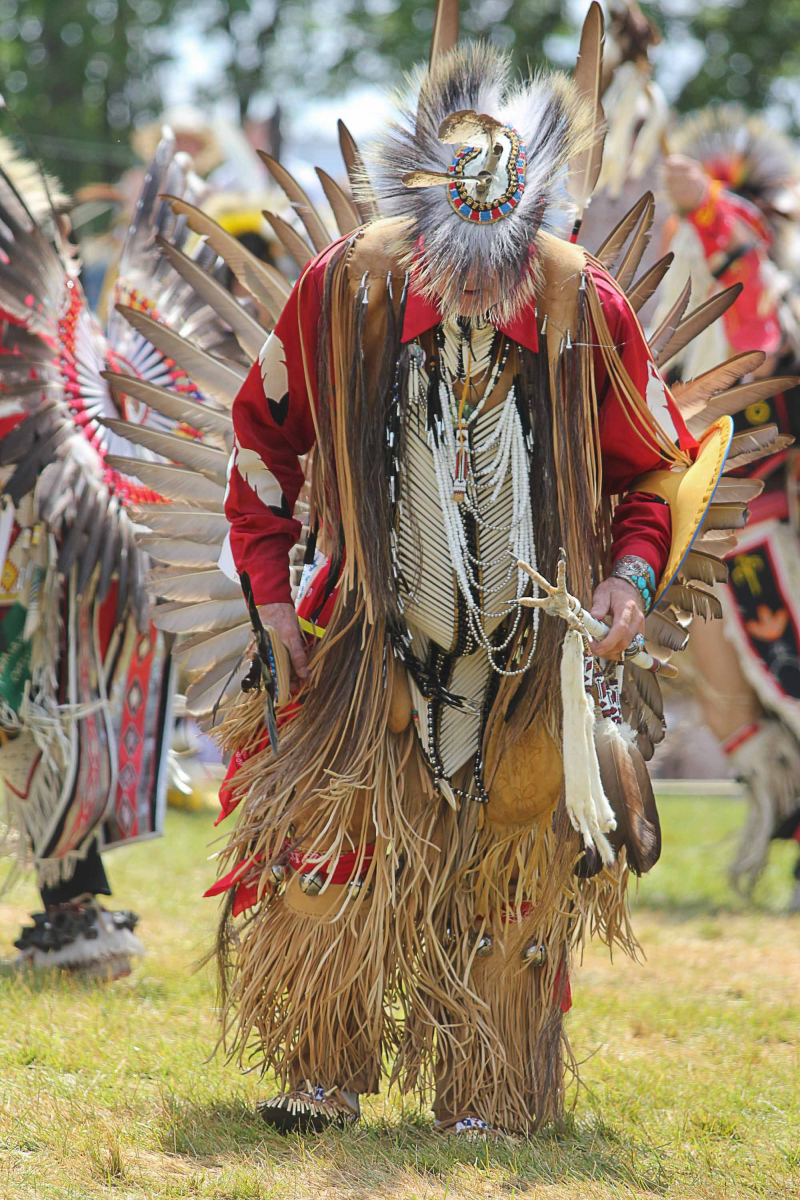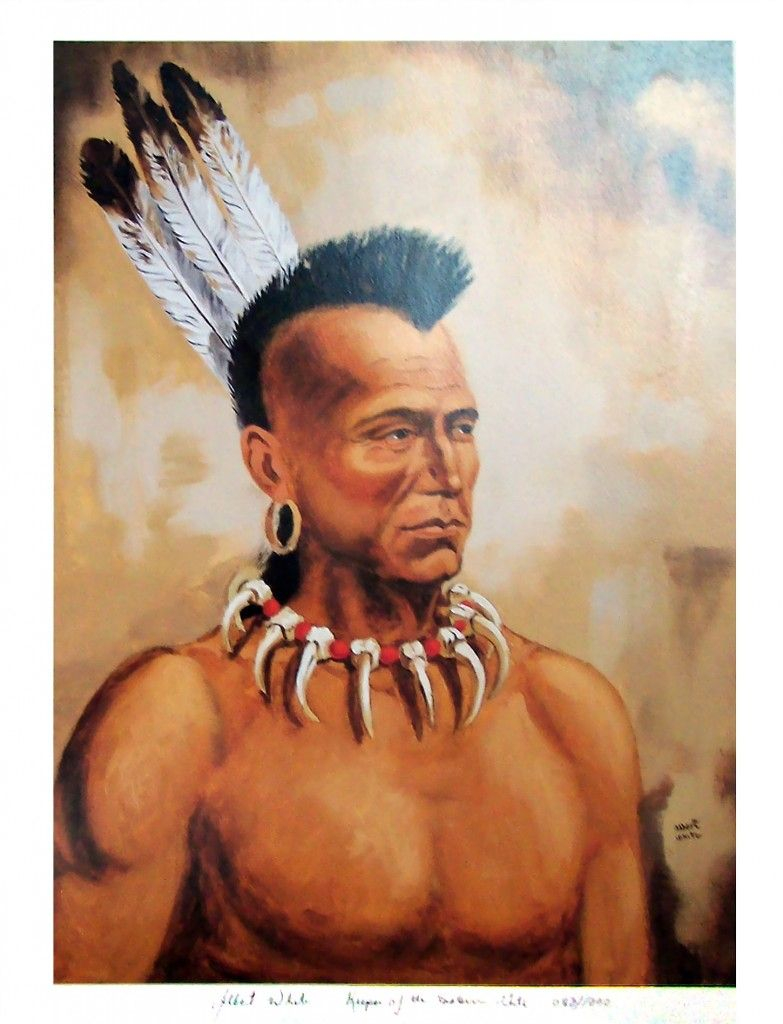Mohawk
The Haudenosaunee, or Iroquois Confederacy, is divided into several parts; the Mohawk being the most eastern. They are a group of Native Americans who speak the Iroquoian language and have villages in southern Canada and upstate New York, mostly along Lake Ontario and the St. Lawrence River. The Kanienkeháka are the Keepers of the Eastern Door, the traditional defenders of the Iroquois Confederation against invaders from the east, and one of the five founding members of the Iroquois League.
The Mohawk people were historically situated west of the Hudson River in the valley of the Mohawk River in modern-day upstate New York. Their territory extended from the St. Lawrence River in the north to southern Quebec and eastern Ontario in the south, larger New Jersey in the east, the Green Mountains in Vermont in the west, and the traditional homeland region of the Iroquoian Oneida Nation in the south.
Kanienkehá:ka people currently reside in villages in southeastern Canada and northern New York State. There are often two chiefs in a Kanienkehá:ka community, and these chiefs are essentially rivals in terms of power. The hereditary chiefs, who are chosen in accordance with Kanienkeháka custom, constitute one category. The majority of the reserves' Kanienkeháka people have created constitutions with elected chiefs and councilors, with whom the Canadian and American governments typically contact only seldom. Following is a list of self-governing communities organized broadly by geographic cluster, along with remarks on the characteristics of community government in each.








